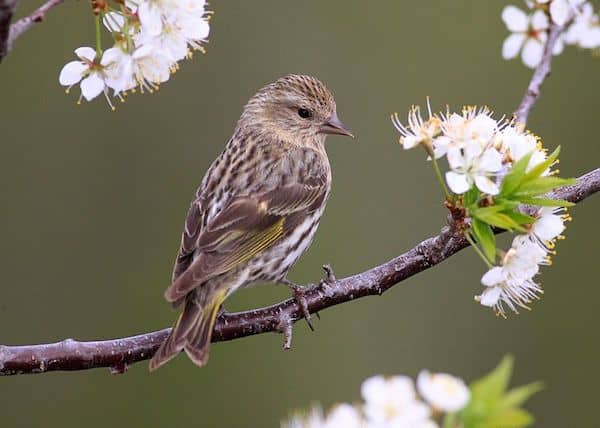Look For
The Florida scrub-jay is a medium-sized bird that is endemic to Florida. It has a bright blue head, neck, wings, and tail. It has a dull gray back and underparts with grayish-white patches on its throat and around its eyes. Its legs and beak are solid black.
Listen For
The Florida scrub-jay’s call is a loud, scratchy weeep-weeep.
Find It
The Florida scrub-jay lives exclusively in parts of central Florida and is continuously seeing its population numbers dwindle due to habitat loss. The sharp decline in recent years has placed the Florida scrub-jay on the endangered list. Currently, it can be found in parts of Flagler, Marion, and Citrus counties stretching down south to Collier, Glades, and Palm Beach.
It prefers scarce scrubland environments, living in thickets of short scrub oaks, sand pine, and open sand dunes. The Florida scrub-jay rarely travels from its home causing small, compact communities to be peppered across a larger area.
Feeding Behavior
The Florida scrub-jay feeds primarily on acorns and a variety of different insects. It also occasionally eats spiders, snails, reptiles, rodents, and nestlings. It forages typically in flocks, gleaning among the ground, tree limbs, and low foliage. It also collects various nuts and stores them in large, buried caches numbering sometimes up to thousands.
Nesting Behavior
The Florida scrub-jay places its nest low in a tree or shrub, specifically favoring the sand oak. Both sexes build the nest, constructing a solid, dense open cup shape made up of twigs, sticks, grass and lined heavily with roots and fine plant fibers. The female lays 2 to 6 eggs that are green with brown markings.
The female incubates the eggs for 17 to 18 days before hatching. The parents receive assistance in caring for the young by other Florida scrub-jays in their flock. All together they defend and catch food for the nestlings before they are able to leave the nest after 18 days.




